I would force it to act like a mouse as part of an expandable system for my project.
Each Teensy-LC pictured below would use its built in USB HID mouse function, receiving mouse moves and commands from a Teensy 3.1 and USB Host.
I can't believe how perfect the timing is for this. I recently received a Circuits@Home USB Host Shield Mini as a gift, and already had it rigged together with my Teensy 3.1. The combination translates the USB data to serial and routs it to the right port.
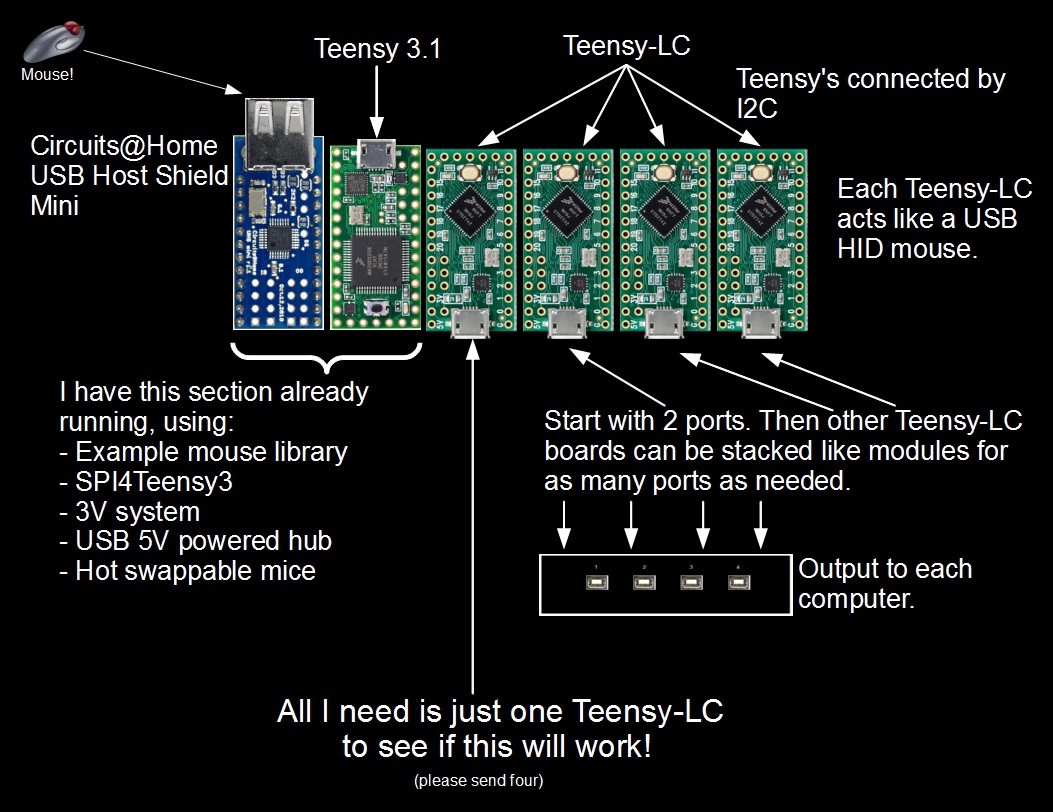
I could make a 3D printable case file that would include several sizes depending on how many ports you wanted to build, or maybe a snap together system that adds ports to the bus as needed.
Here is the part I really like:
I really do not want to trick the host computers with a hack, as I mentioned in my previous log. This is the part I really want:
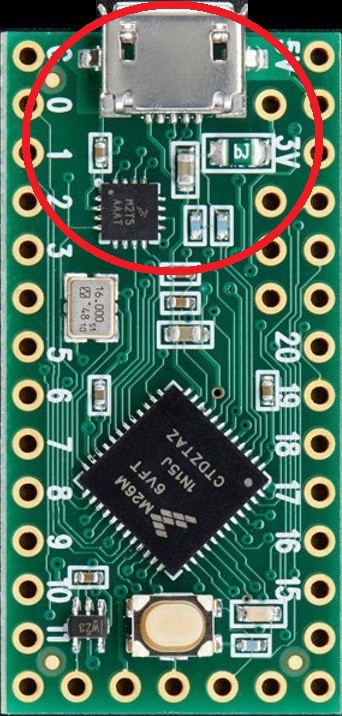
Using a separate Teensy-LC for each computer will maintain a continuous connection, allowing for fast switching from the device and eliminating the need for python scripts.
Data Flow:
USB Mouse to
USB Host Shield to
Teensy 3.1 using SPI4Teens3 in the USB Host Shield Library, to
I2C (may change this, but there is a new i2c_t3 library made for Teensy3!)
To each Teensy-LC then output as USB HID mouse moves
Relayed to the right computer.
I Soldered back pins on Teensy 3.1 and pins on the host shield.
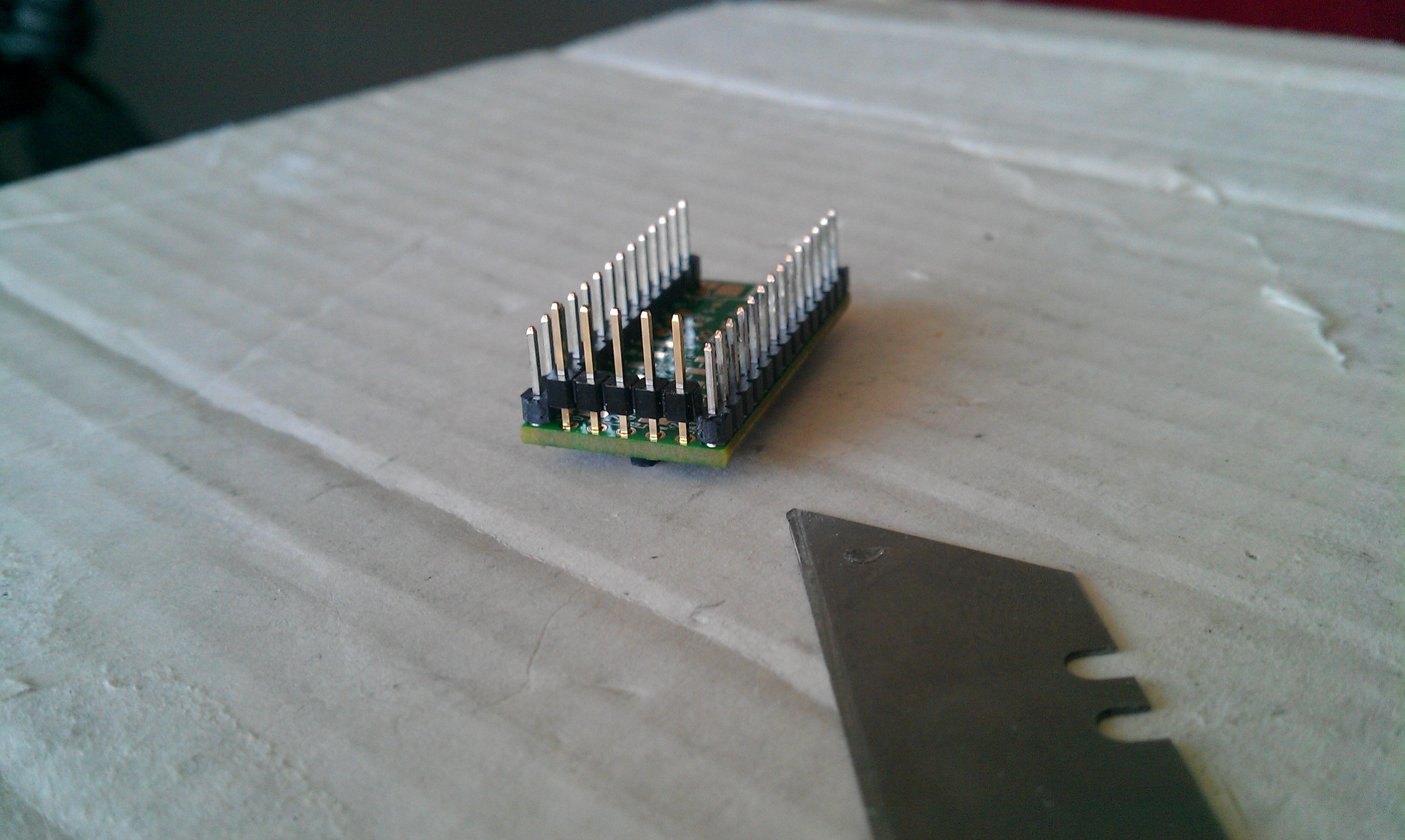
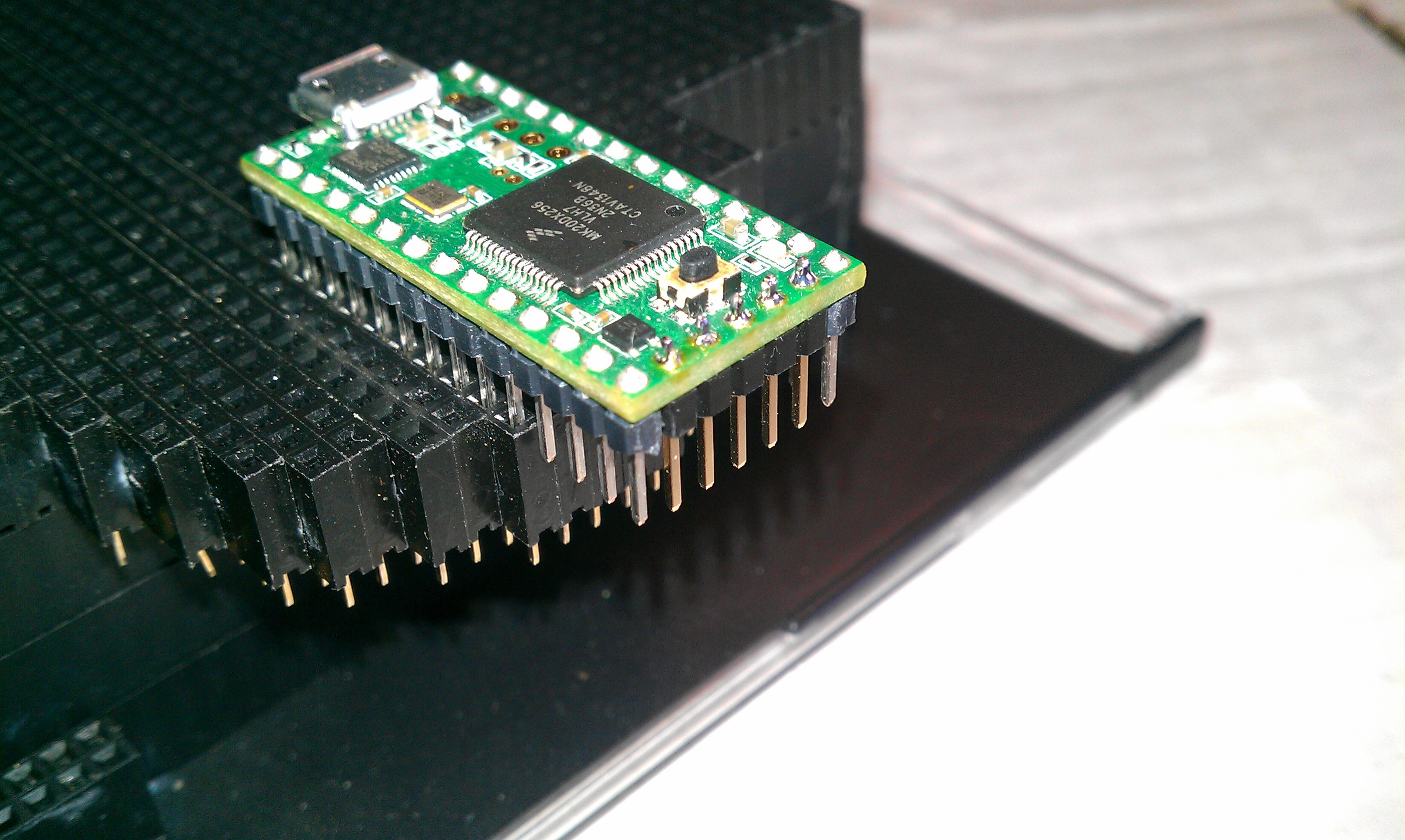
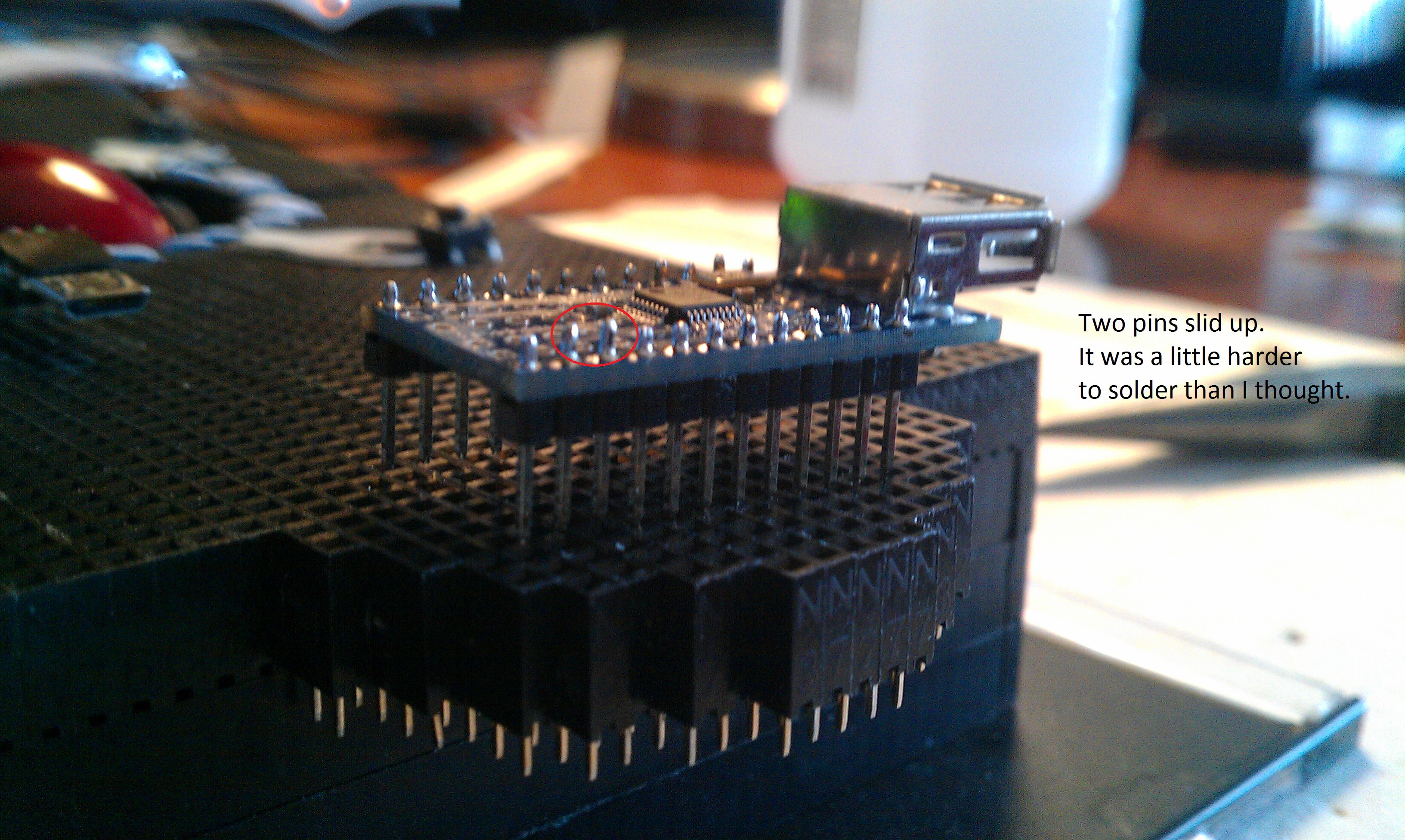
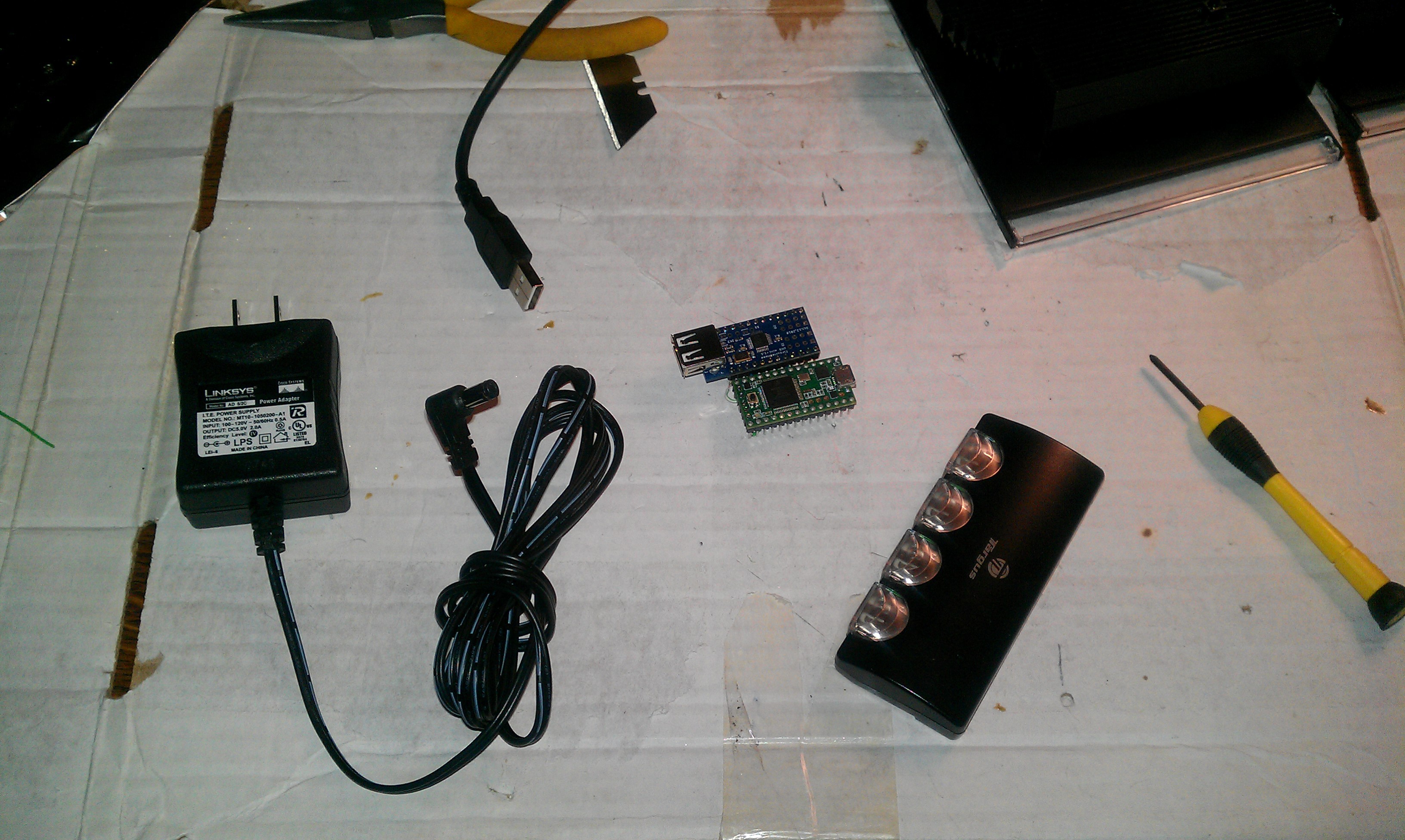
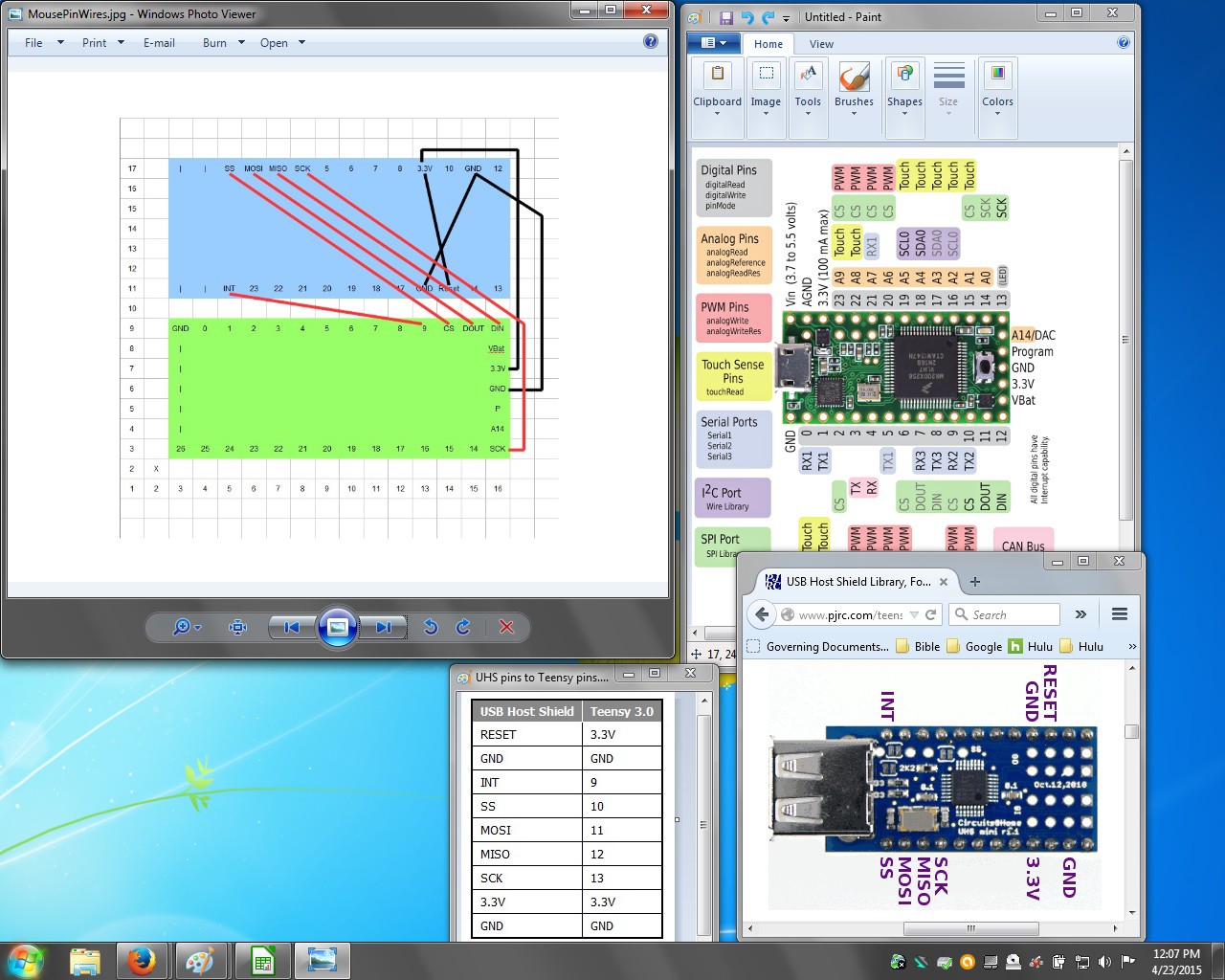
 frankstripod
frankstripod
Discussions
Become a Hackaday.io Member
Create an account to leave a comment. Already have an account? Log In.